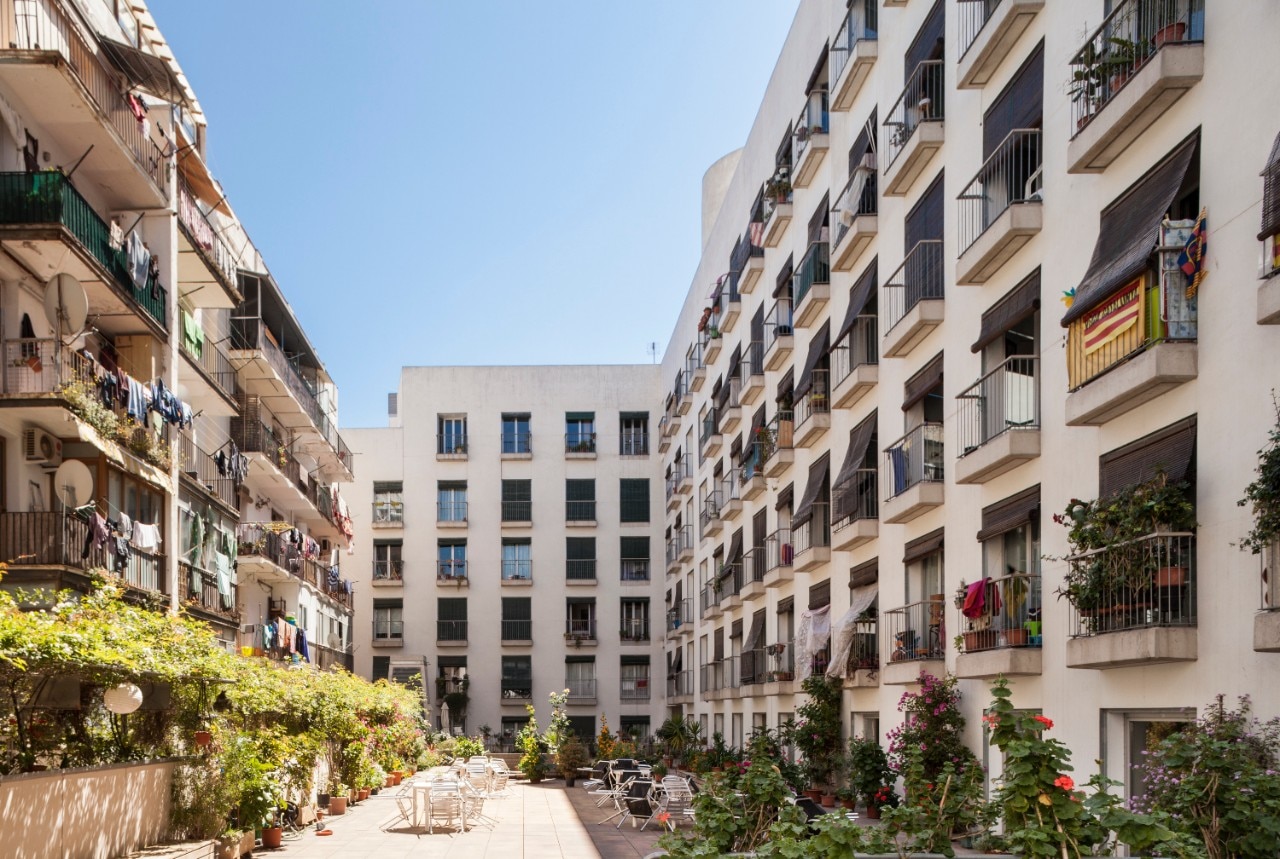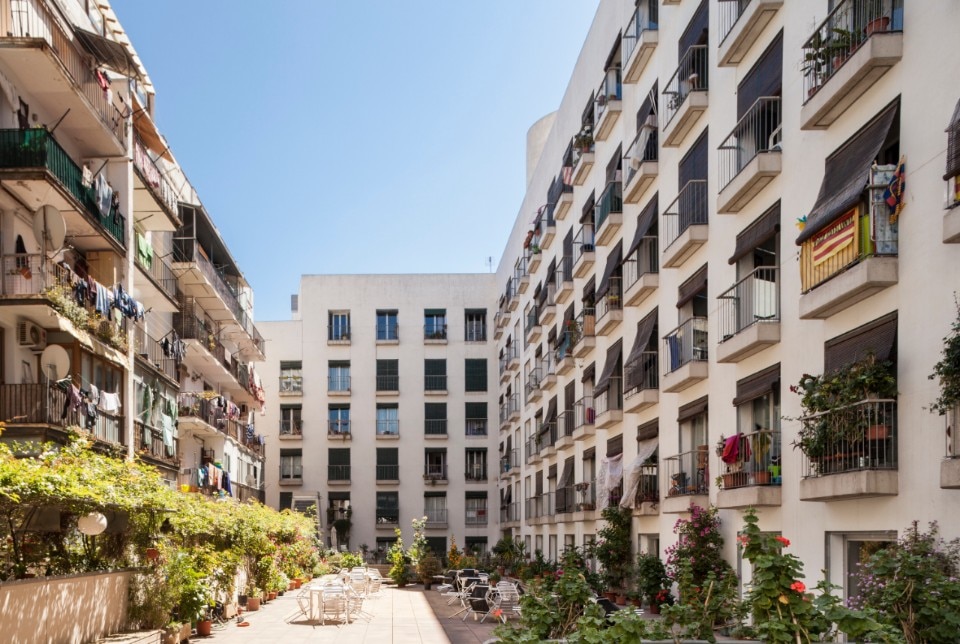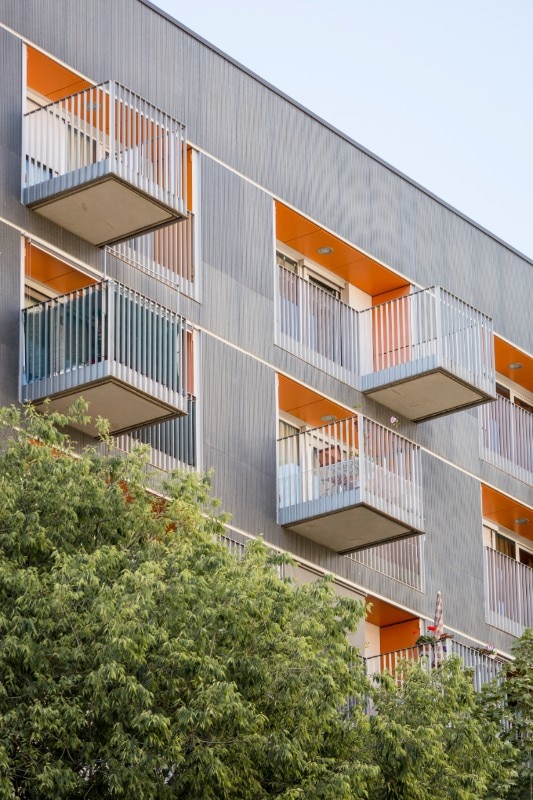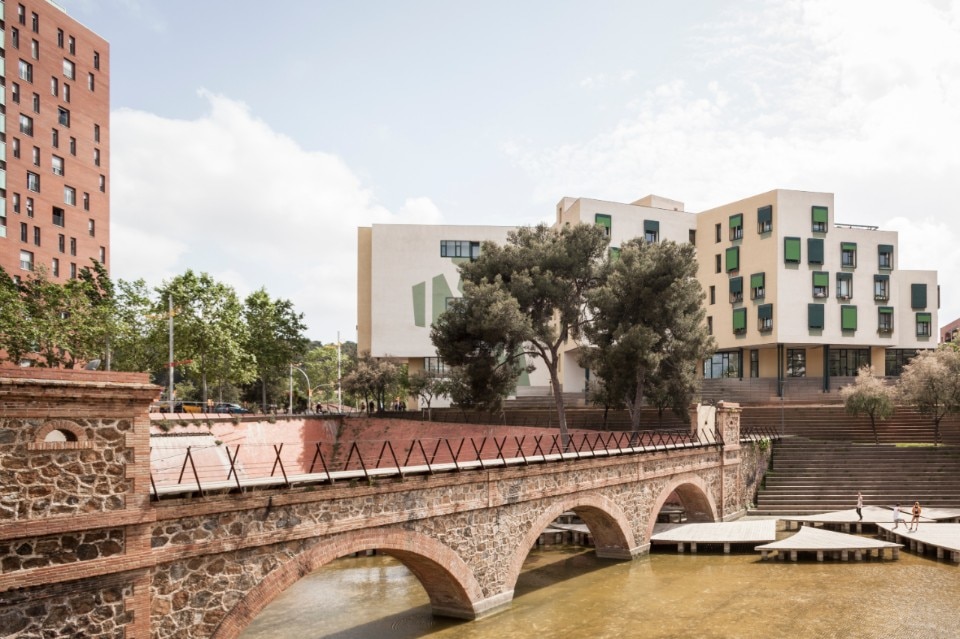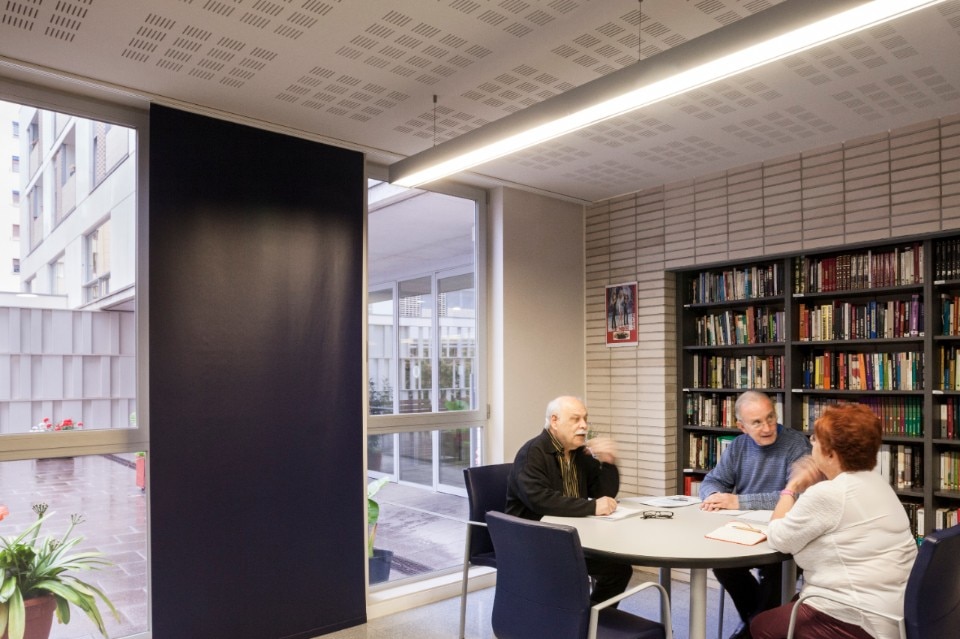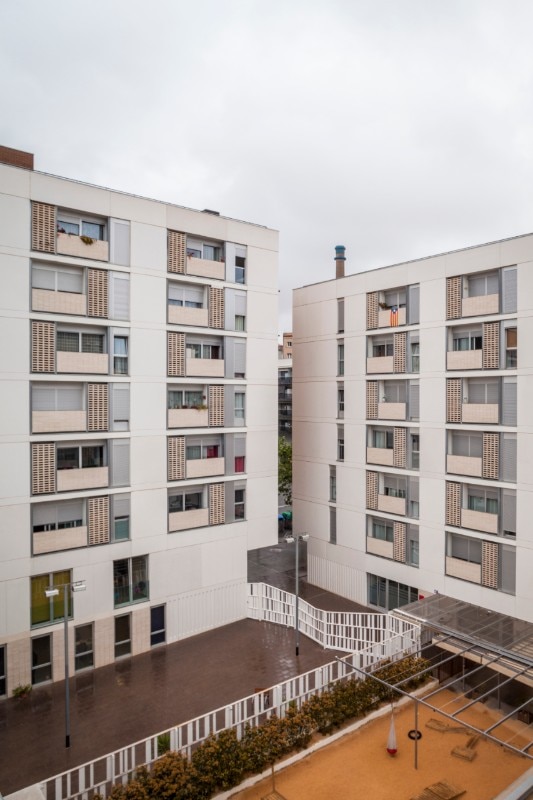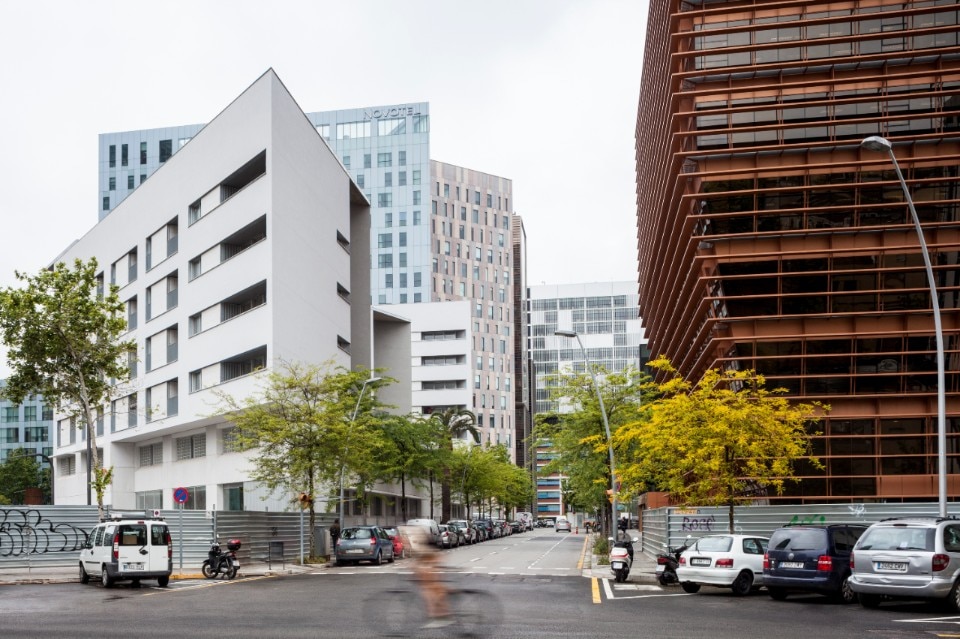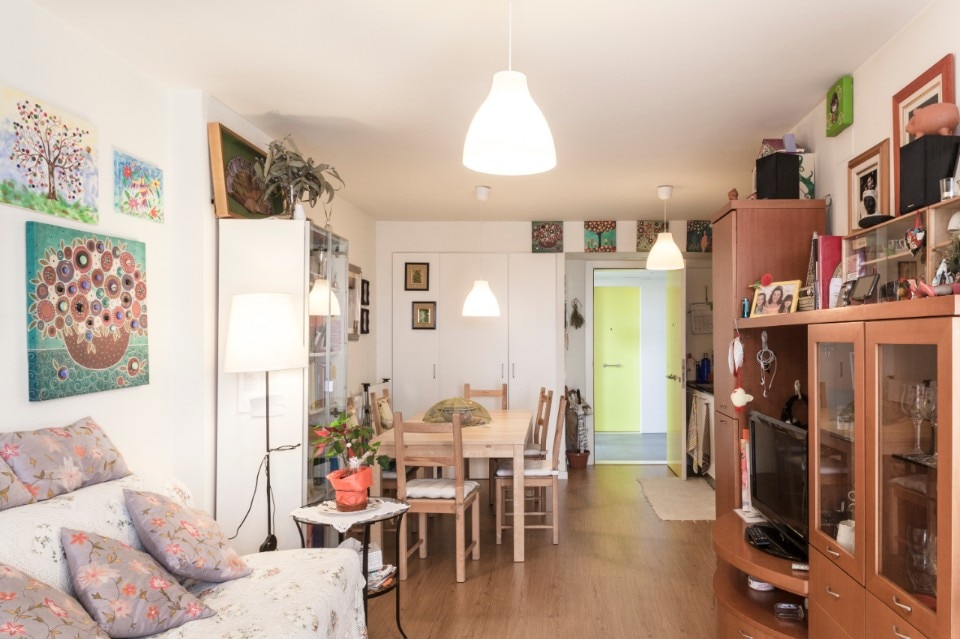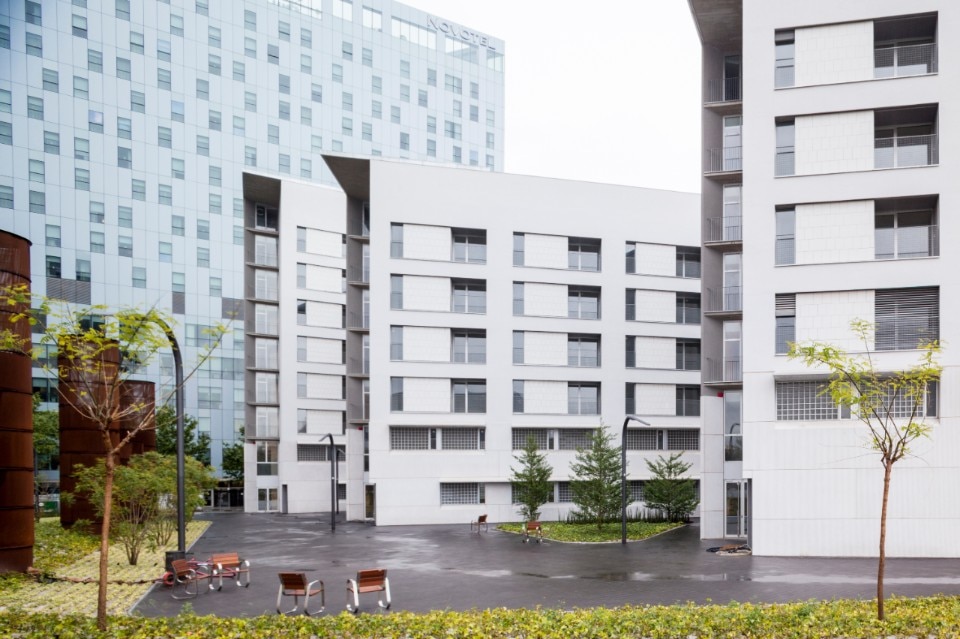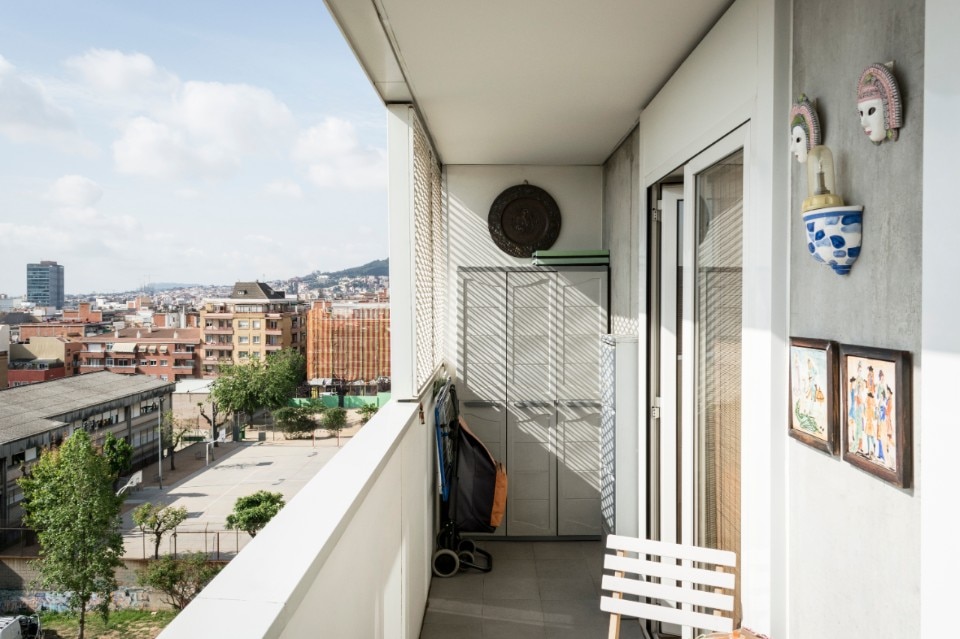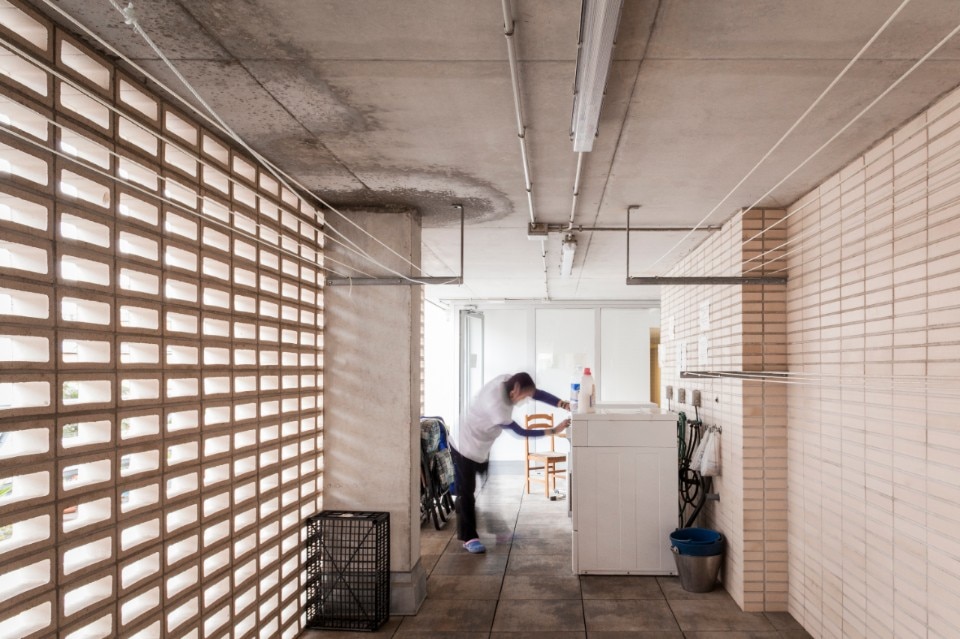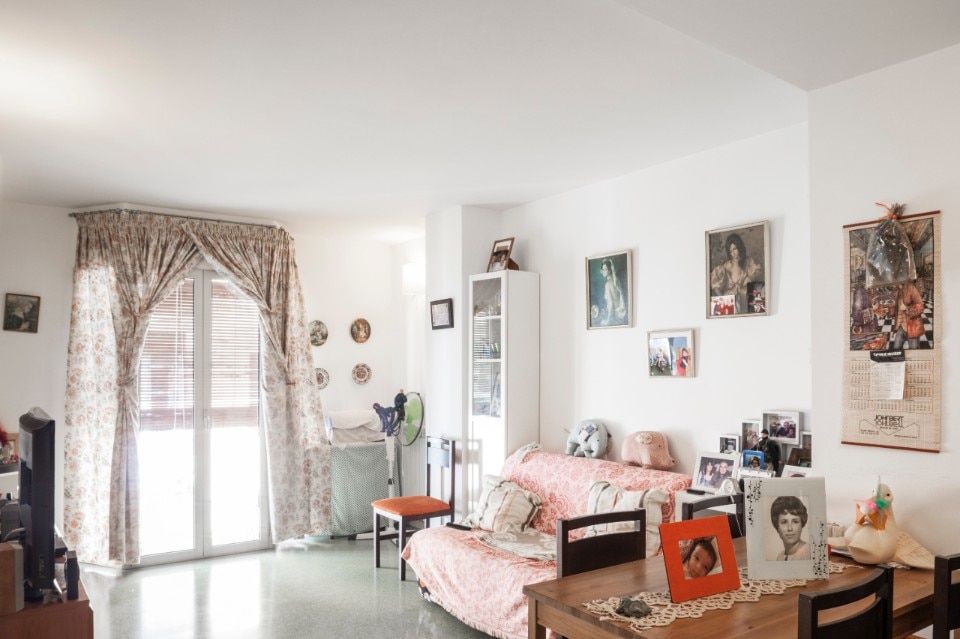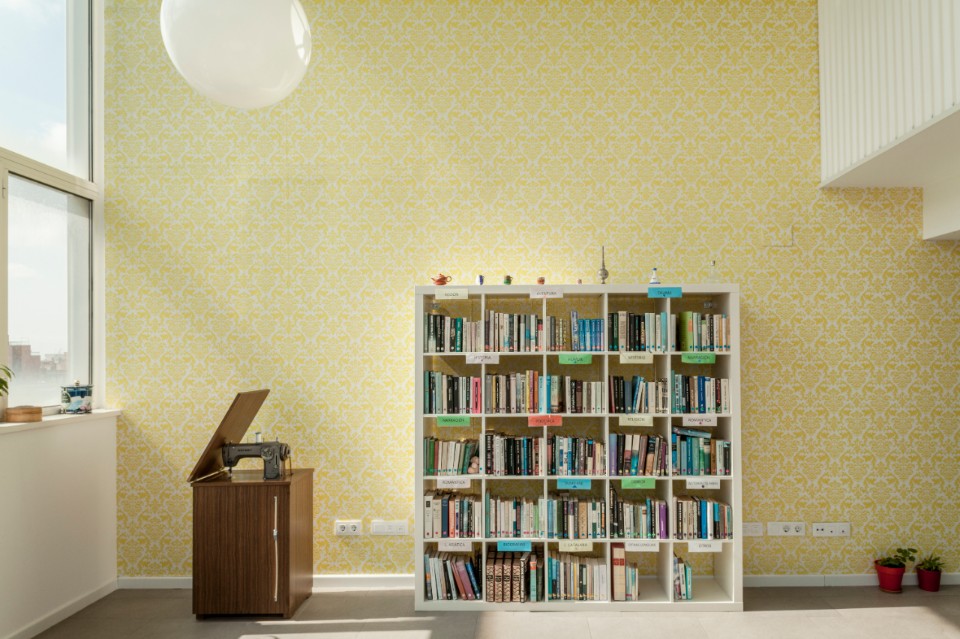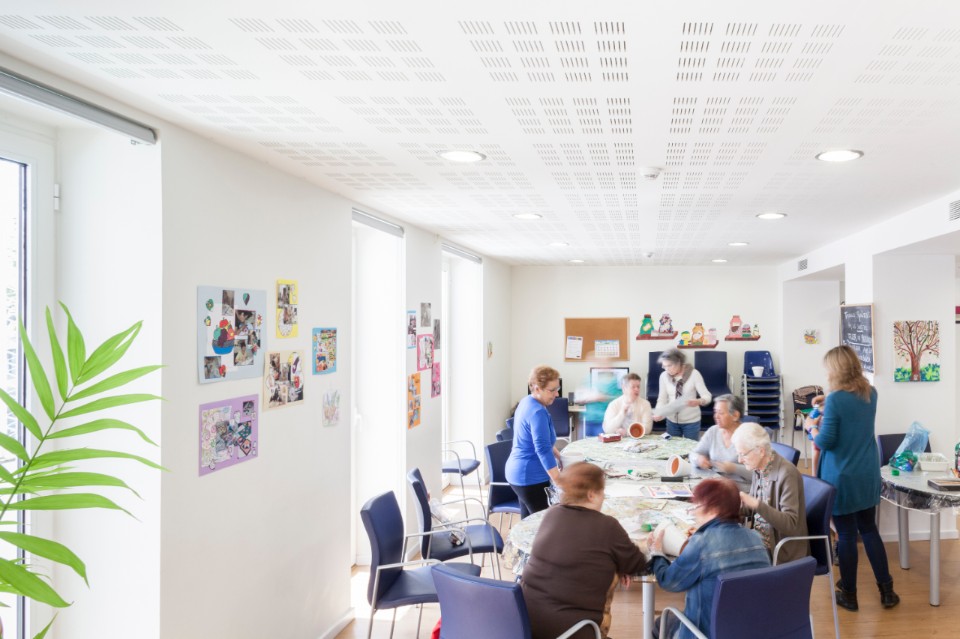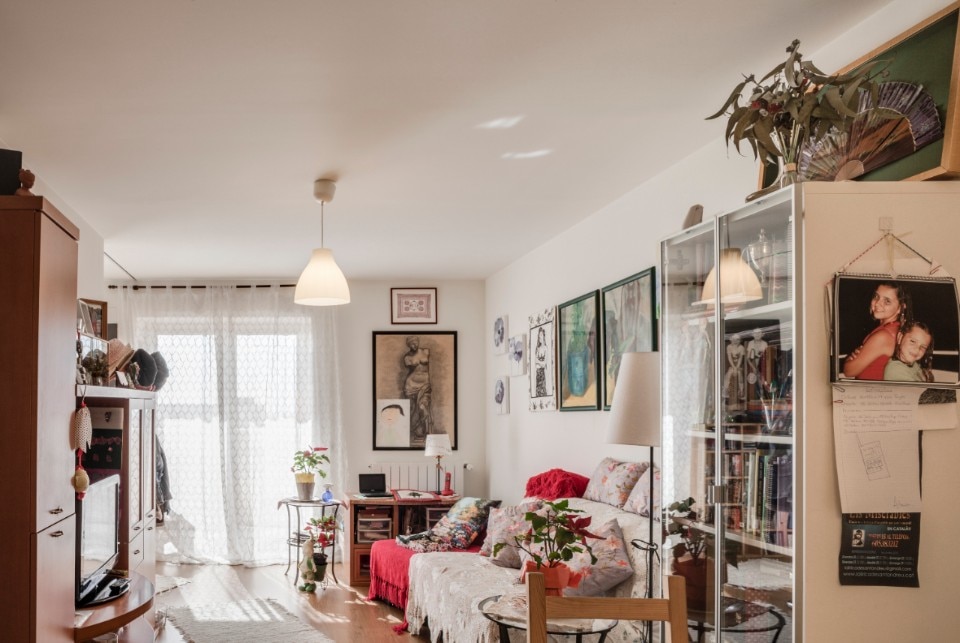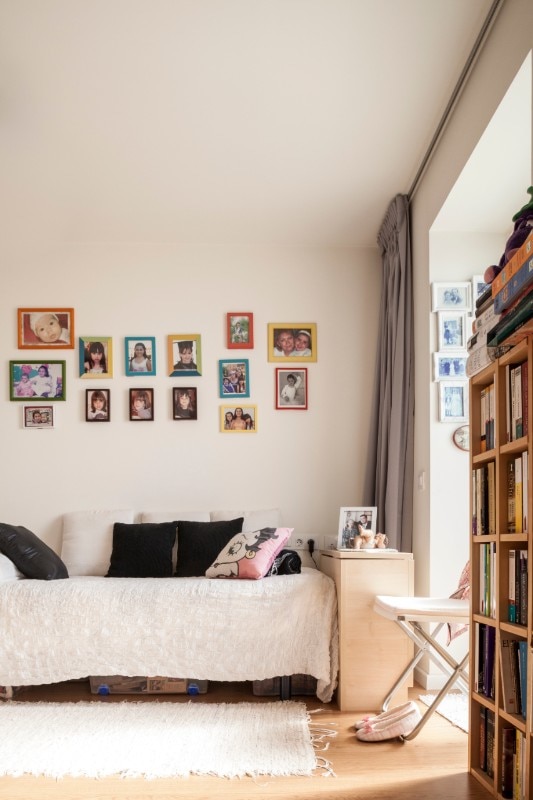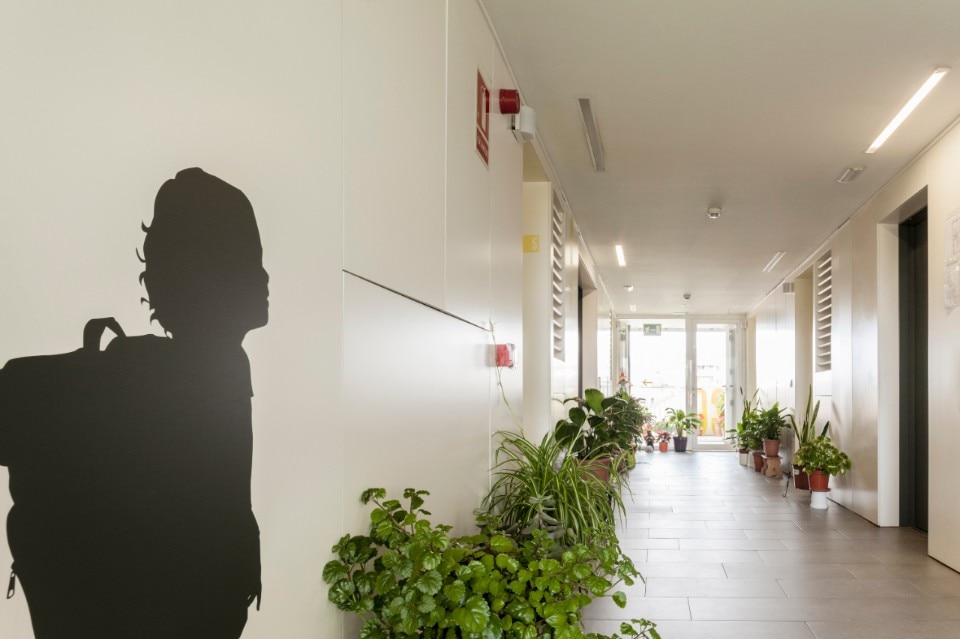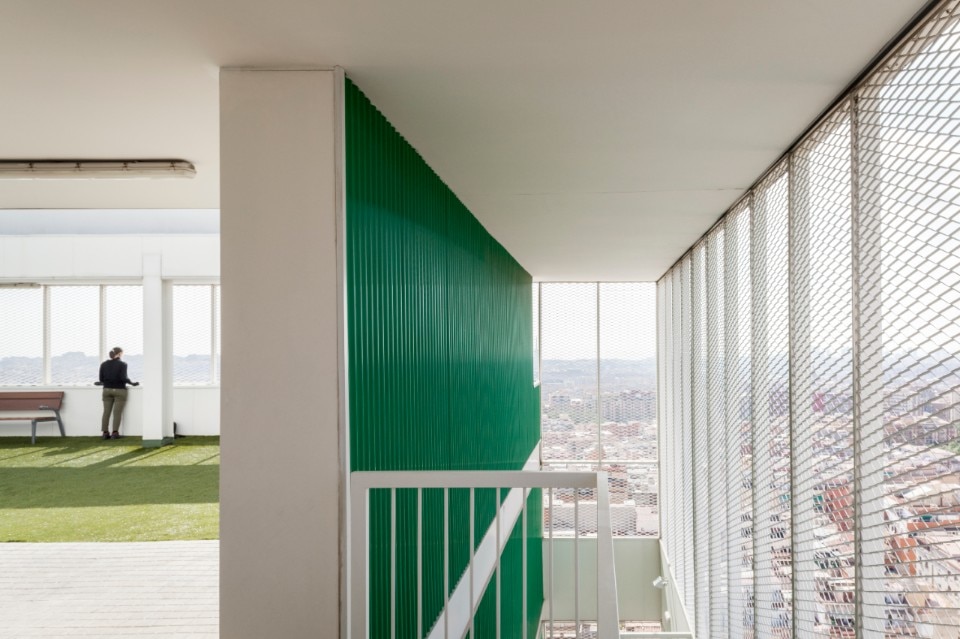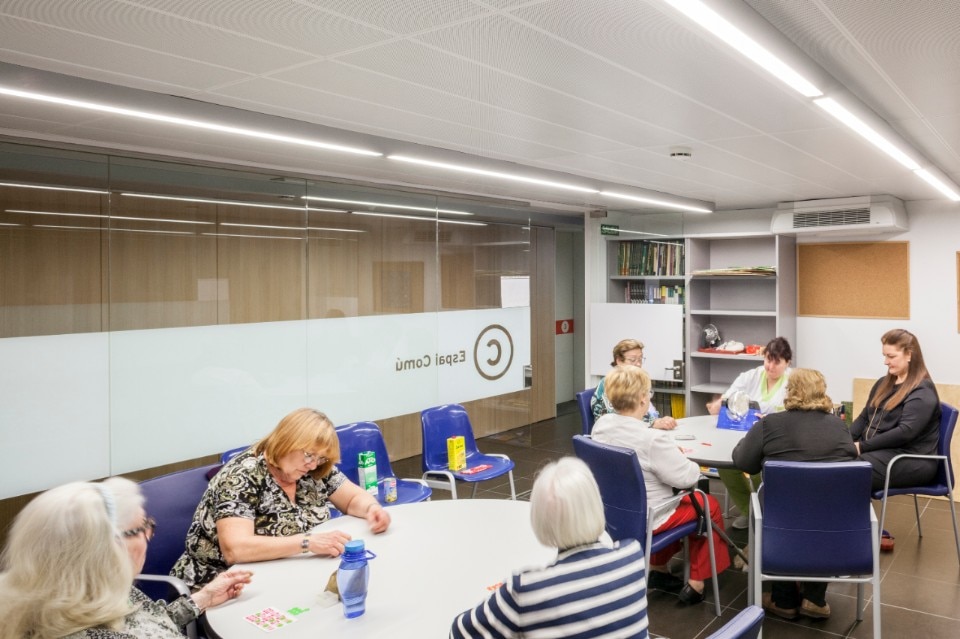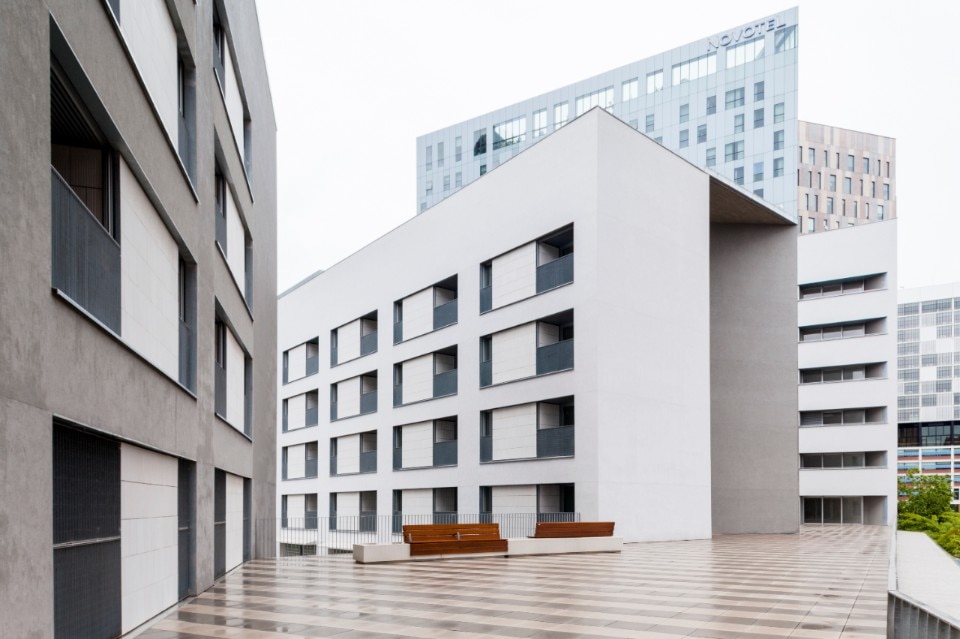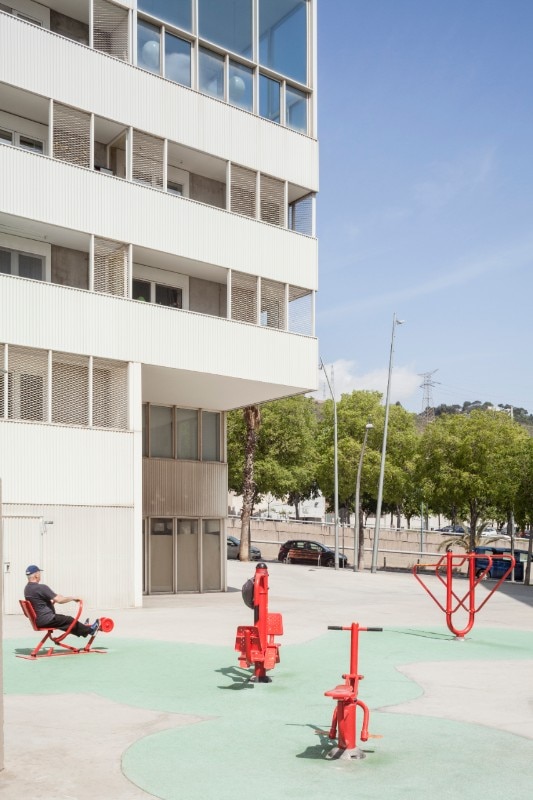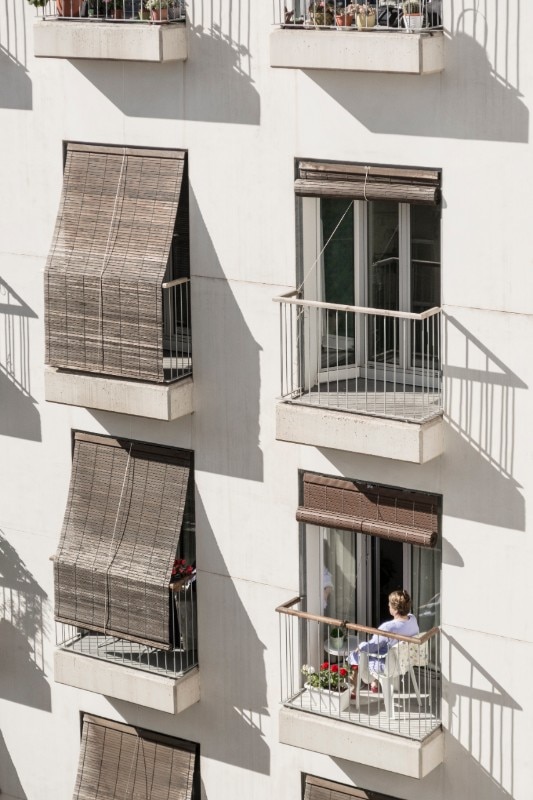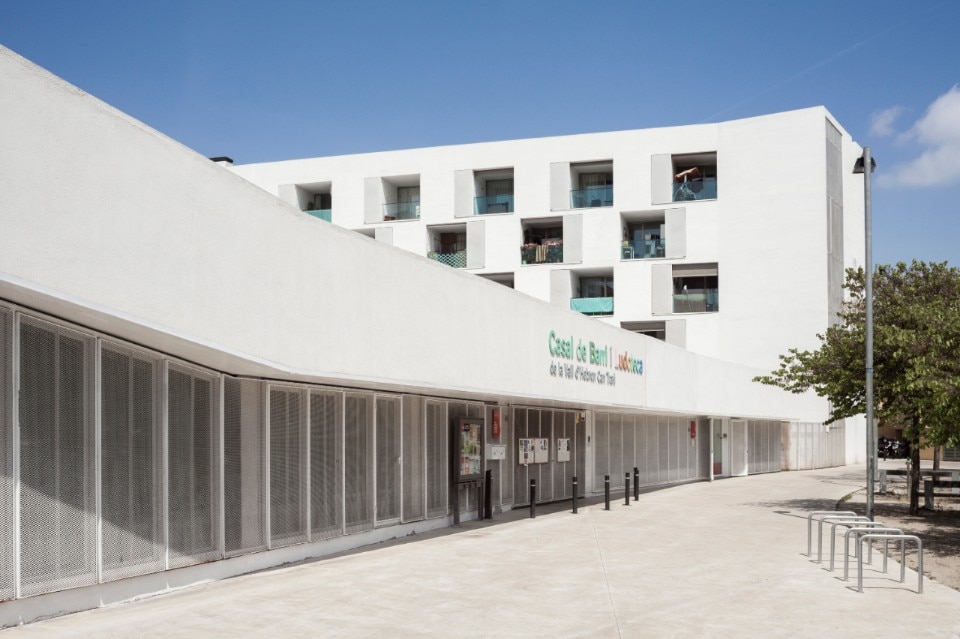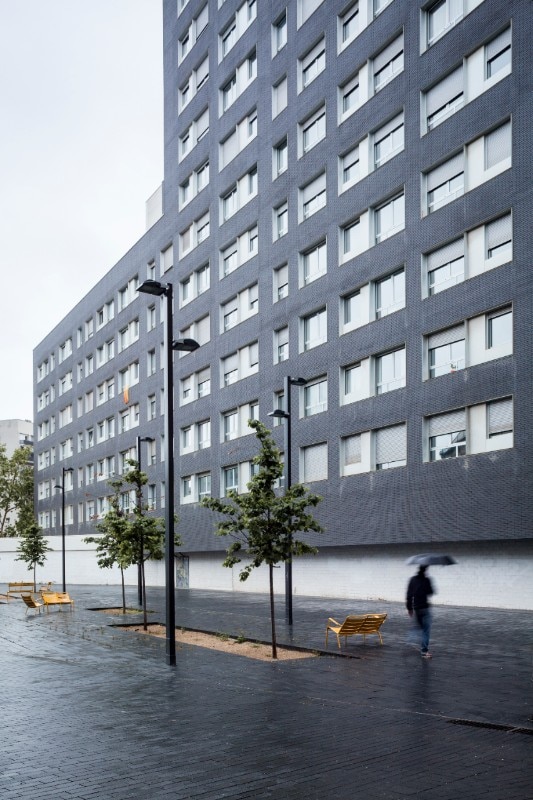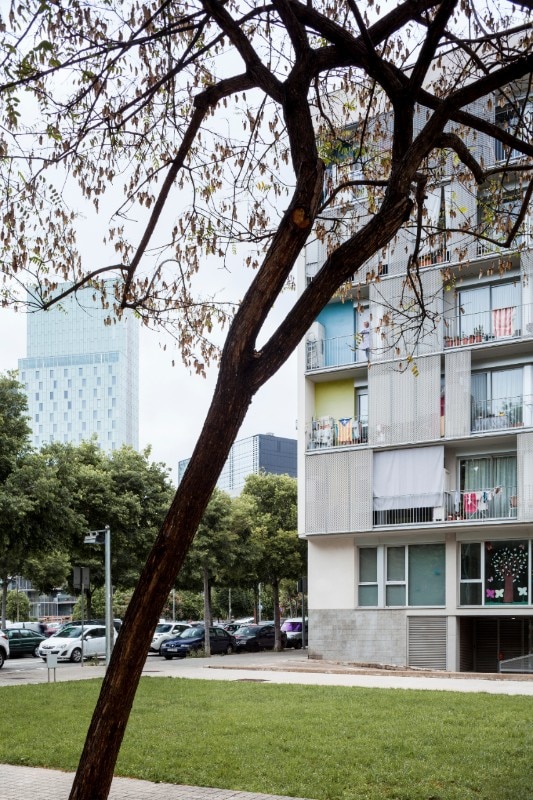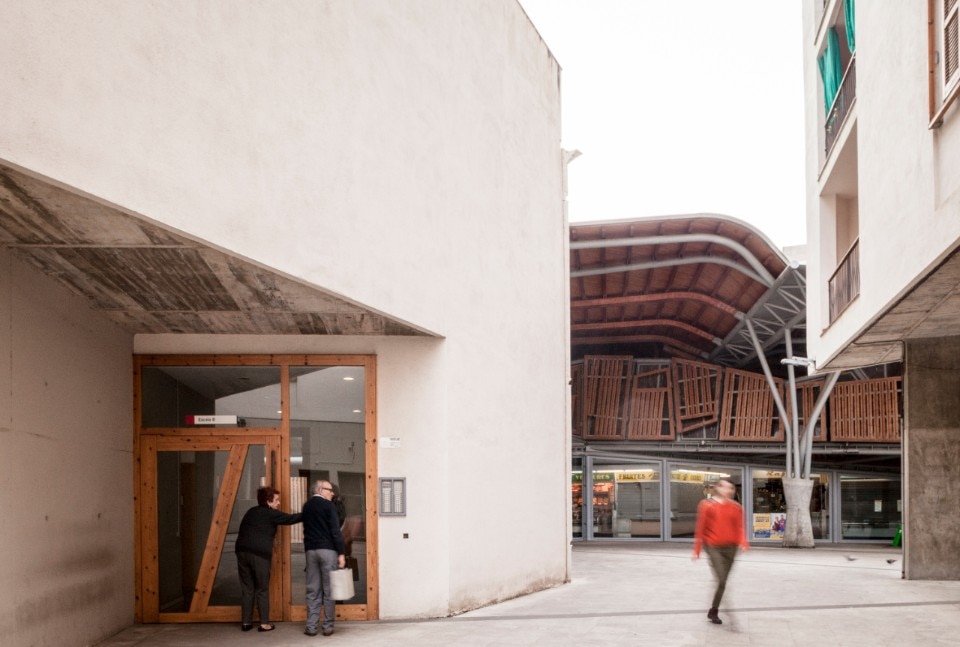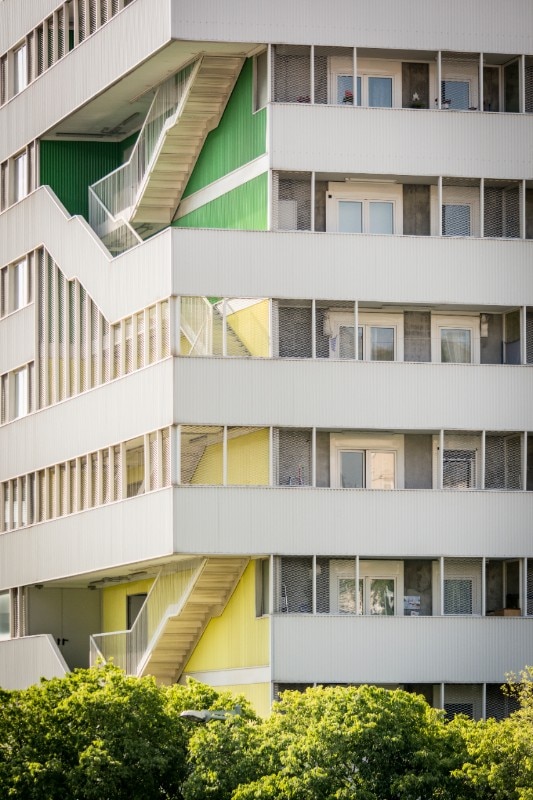Acting on the environment and the services: this is the profound belief of Francesco Cocco, architect and urban planning consultant, when it comes to housing solutions for the elderly. Social housing experiences in the city of Barcelona, already a European reference in the field of housing, exemplify the success of this approach.
Cocco, who owns a master’s degree in Social Housing at the UPC Foundation in Barcelona, extensively researched new housing models for the over-65s. Called “viviendas dotacionales”, they are specific housing units for the elderly with a small surface area and equipped with community spaces and social services, which promote the possibility for senior citizens to live independently. There are currently more than 1.300 such housing solutions in Barcelona, like the viviendas Torre Julia, Navas de Tolosa, and Reina Amalia analysed in the research.
Cocco’s project was then published in the volume Social Housing Barcelona, published by ListLab, which presents a selection of the most significant architectural designs adopted by the Catalan city to respond to the most vulnerable social categories’ residential needs.
A photographic reportage by Stefano Ferrando, architecture photographer at Vetroblu studio and professor at IED Cagliari, accompanies the research’s publication. The images highlight both the undoubted quality of architectural spaces and the use and management of these buildings.
Delving into the subject in an interview for Domus, the architect and the photographer explained some of the choices that guided their work.
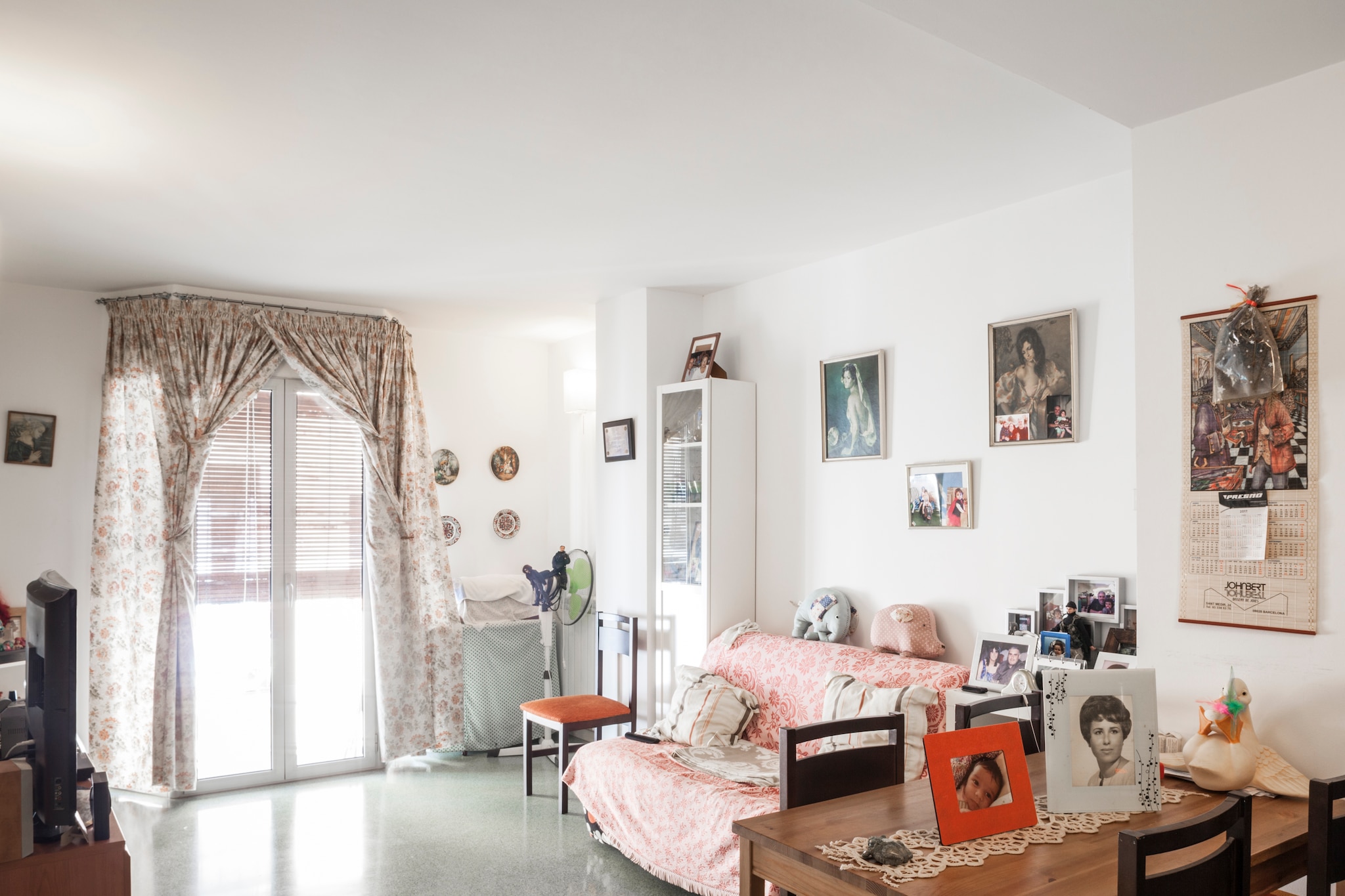
Why can Barcelona be considered a pioneer of social housing projects in Europe?
Francesco Cocco: In Spain, Barcelona is a bit of a case in terms of approach because it has a very high urban tension and population density. This means that it had to think a lot about housing, coming up with the most varied solutions. There has always been a strong social movement in Barcelona, both in terms of “digno” (worthy) housing and the right to housing. This movement has a long history with large social and public housing projects that have led to solutions such as the Ciutadella / Vila Olimpica which was reused for social housing. There are also many housing collectives that explore models in the rest of Europe and import them with public participation plans. It is a political vision that runs through various administrations, regardless of changes in political colour.
Your research project focused on social housing for the over-65s. Who and how manages these realities?
Francesco Cocco: The housing models are organised according to five-year plans managed by the municipality, while the quality of housing within them depends on public competitions that select the most interesting projects. On the one hand, there is construction and maintenance housing management, and on the other, community management. The latter is entrusted to cooperatives that submit their proposals about services to animate the buildings’ common areas. People have to apply to live in one of these social housing projects, but the acceptance rate is very high.
And what are the advantages in terms of economic sustainability and savings?
Francesco Cocco: From the point of view of administrative management, the general guideline for designers is to construct buildings that require as little intervention from the user as possible. The least the user puts his hands on the building, and the more possibilities for use rotation without maintenance there are, the more efficient the building will be. For this reason, energy efficiency measures are carried out and, in some cases, experiments with combined heat and power are also implemented. From the community’s point of view, the saving lies in the fact that they are in optimal living conditions with shared services allowing them to live an autonomous and comfortable life. Sustainability, therefore, lies in cutting costs and, at the same time, upgraded quality of life.
How did the research project first, and the book Social Housing Barcelona then, developed?
Francesco Cocco: It all started with a research project in 2012 on specific housing models for young and elderly people that my colleague Raimondo Pibiri and I carried out for the region of Sardinia. Having completed a master’s degree in Barcelona, we were familiar with that situation and used it as a model for our studies. At the end of this research, our work on the theme of social housing continued, also thanks to our association AbitareSociale, which explores housing models and services for the elderly. Thus, when Professor Massimo Faiferri, coauthor of the volume, started a series of books on the subject, our research was included in the volume dedicated to social housing in Barcelona.
The volume also includes photographic material by Stefano Ferrando. How did the photoreportage come about and what value do the images add?
Stefano Ferrando: Certainly, the photographs go hand in hand with the theoretical aspects contained in the publication. The photographic campaign for this project tried to cover all the macro themes, such as the relationship of the buildings with the city and their shared and private spaces. It was certainly important to highlight architectural quality, but the most interesting part of this work was to show what happens inside the buildings. Therefore, the timing was unusual compared to the classic architectural reportage, which generally photographs newly built buildings. This time, it was essential to go beyond the threshold of the outer shell and tell what happens inside. It was interesting to document the sign of use by the community created within those buildings. Since most of the tenants are elderly and alone, it was like entering a very intimate microcosm full of their affections and memories. One of the photos I am most fond of is the one of the Torre Julia building’s central corridor, where there are a series of plants lined up and it almost looks like a village street. I was struck by the contrast between being in the centre of a city as dynamic as Barcelona and finding village-like dynamics inside these buildings, from the tenant who puts the plant outside the door to the gentleman who does gymnastic exercises in the playground outside.
I was struck by the contrast between being in the centre of a city as dynamic as Barcelona and finding village-like dynamics inside these buildings.
But now, in Covid times, what is the situation inside over-65 social housing structures? During the critical social and health conditions we had to face, have they proven to be a more suitable alternative than traditional nursing homes?
Francesco Cocco: Although these buildings are characterised by communal spaces, the small flats for condominiums are private, to all intents and purposes. They are for one or two people max. and have an average surface area of 45-50sqm. Residents have access to a range of services, but these do not include sanitation and this makes a big difference to nursing homes or residences for the elderly in Italy. This is what ensured that these facilities did not become hotbeds during the pandemic: the various residences remained isolated, community activities stopped and the tenants regularly quarantined. This is exactly the direction we should look into for elderly people housing.
This ties in with the concept of “active ageing” often promoted in your research. What is it about?
Francesco Cocco: Active ageing is a concept that comes from the World Health Organisation and is nothing more than offering equal opportunities to older people. We should understand that elderly people are not only related to disability or functional limitation. The idea that they are living a residual phase of their lives is a very outdated stereotype and far from their reality. Rather than worrying about keeping the elderly continuously monitored and cared for, what should be acted upon instead is the environment and the services, offered in the form of small assistances, only if needed and required. The buildings considered in this project are always strategically placed within a network of neighbouring public services that meet these needs. This also creates the domino effect of enhancing neighbourhood services by initiating a dialogue with the district that is very interesting and beneficial for the whole city.


